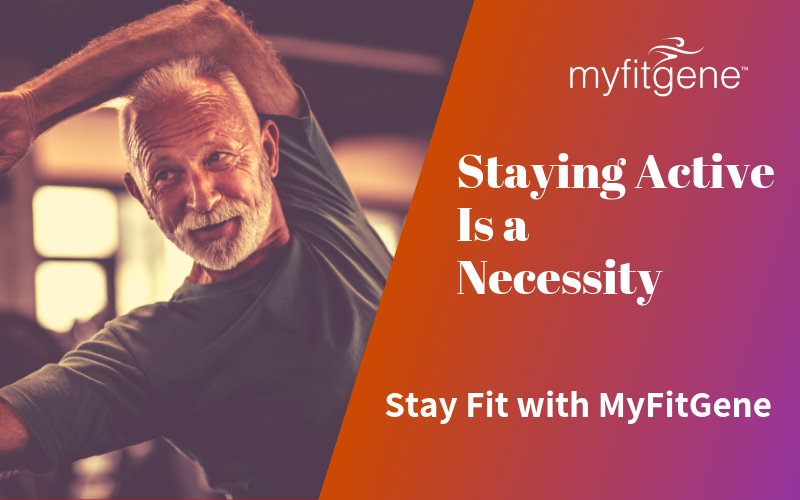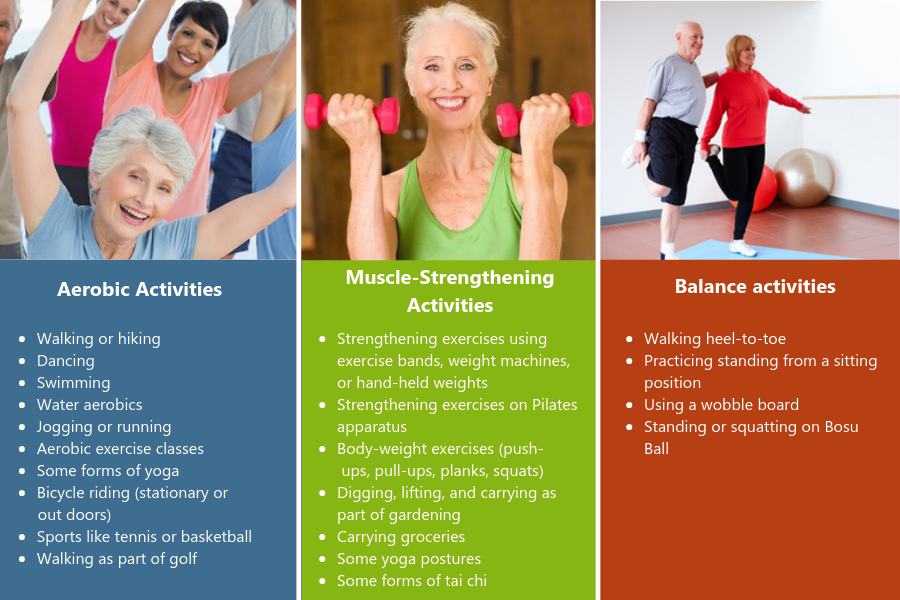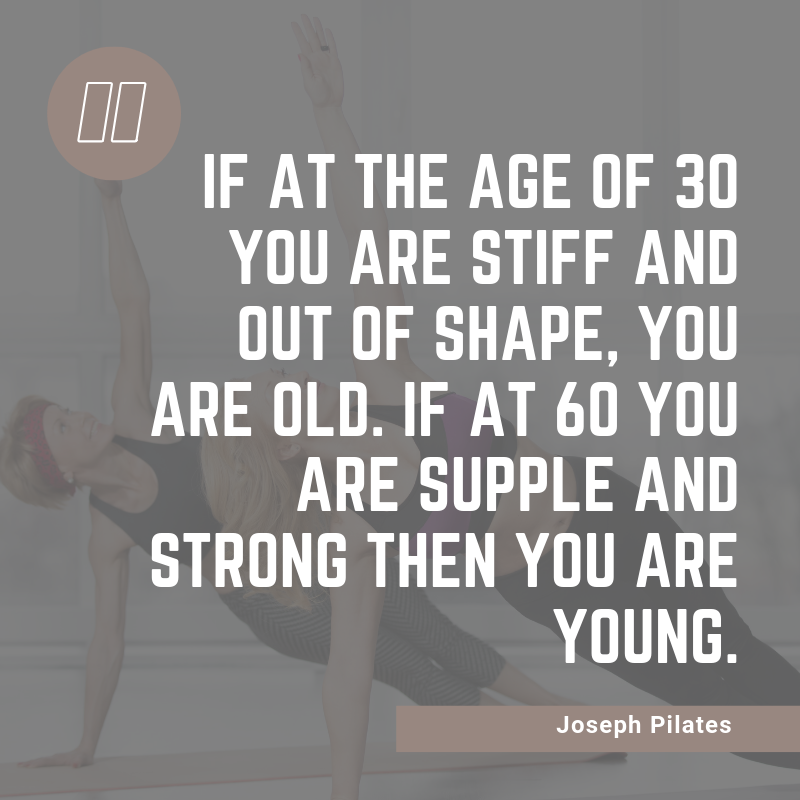Exercise Regimes for The Senior Citizens and Ageing Adults
Jun 26, 2019
17828 Views
Global population reports have the final verdict — we are now amidst a rapidly ageing population. India is home to one of the largest ageing populations globally, with significant numbers in the age group of 65 years and above. Medical science has worked wonders and drastically increased the average individual’s lifespan. However, this calls to attention the fact that a major chunk of the population consists of older adults who are living with a range of health conditions that limit, and in some cases, prevent them from living their lives to the fullest (and fittest).
For a few lucky folks, age is truly just a number — they retain their fitness levels for longer. For the rest, plenty of physiological changes greet them in every decade, or every 4–5 years. While there is no universal age for when one sees a considerable drop in functional fitness and strength, medical experts agree that for most men and women, physical fitness peaks during the second and third decades of life, remains stable during their fourth and fifth decades, but markedly declines from the fifth decade. Women are at a higher risk for bone loss from the beginning of the third decade and may need more lifestyle interventions.
An appropriate senior-citizen fitness program must focus on elevating the participants’ functional fitness, rather than aesthetics. Target areas include muscular flexibility, better range of motion, enhanced mobility, etc. Senior citizens exhibit key health concerns that can be alleviated by exercise-based interventions such as
- Sarcopenia (gradual loss of muscle with age)
- Loss of bone mineral density, greater risk for fractures
- Lack of coordination and balance
- Reduced cognitive function
- Impaired motor skills, greater risk for falls, injury
Exercise regimes for senior citizens typically must include most of the following benefits:
- Execute smooth functions in daily life — e.g., walking, dressing, eating, self-grooming
- Build overall strength and prevent frailty
- Maintain, or increase, bone mineral density
- Improve postural control
- Maintain age-appropriate healthy weight
- Enhance mood and memory, boost neurological wellbeing
- Improve metabolic and cardiovascular function
- Minimize joint pain/discomfort
- Increase awareness with respect to body and its alignment, helping them move better
- Reduce risk for injury/falls
- Promote agility, coordination, and balance in daily life
- Lower risk for depression, dementia, and cognitive decline
- Restore physical function after events like surgery
- Manage existing conditions such as diabetes

So…is there a fixed exercise regime that seniors can follow to stay fit? Not really. All bodies are different and dynamic, and the program must be such that it sufficiently meets the needs of the individual. At the outset, the intensity of exercise is much lower for older adults, especially if they are deconditioned and/or have chronic medical issues. However, seniors can stick to any exercise routine that helps them maintain an active life, whilst addressing barriers and overcoming them. Universal guidelines for healthy ageing include low- to moderate-impact activity every other day, with resistance training, to maintain muscle tone and prevent sarcopenia. Targeted exercises for all major muscle groups must be included.

Apart from regular activities like walking, seniors will largely benefit from customised programs that include a variety of principles — proprioceptive training, flexibility exercises, stretching exercises, balancing moves, etc. Aqua-based activities such as water aerobics help frail individuals safely participate in exercise without overloading their joints.
In order to fully reap the benefits, the elderly population must regularly engage in activities that allow them to utilize their physical and mental faculties, whilst in a minimal-injury, minimal-impact environment.
Physical activities appropriate for senior citizens

Ideally, one must incorporate regular exercise in their mid-life to ensure a safe journey through the next decades. The right exercise routine (along with adequate nutrition and protein intake) can help take control of the ageing process, for improved quality of life.

